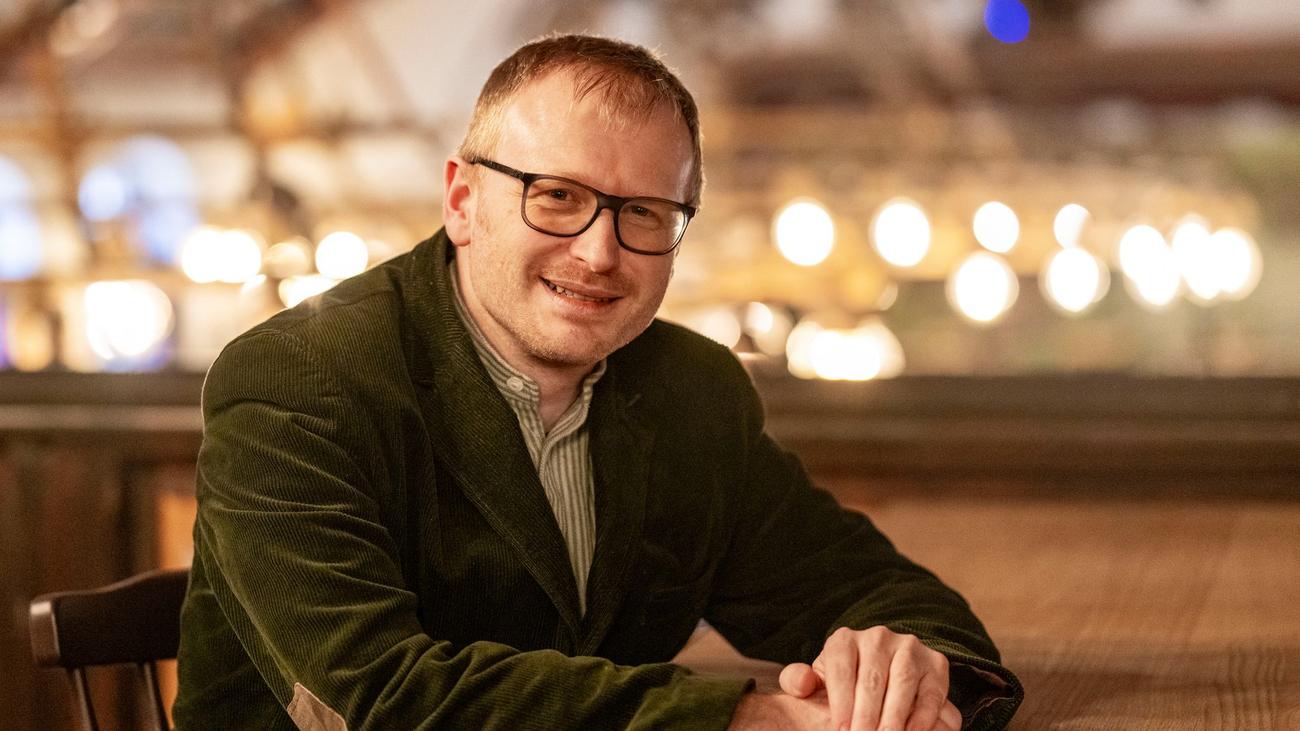
AI-Powered Bavarian Dialect Promotion: The Future of Linguistic Diversity
Introduction
In an effort to revitalize and promote Bavarian dialect, the Bund Bairische Sprache, or Bavarian Language Association, is exploring the potential of artificial intelligence (AI) to create audio media in various regional dialects. This initiative aims to preserve and disseminate the rich linguistic heritage of Bavaria by providing engaging content that can foster dialect learning among children.
The Role of AI in Dialect Preservation
According to Niklas Hilber, chairman of the association, AI can play a pivotal role in creating audio recordings of Bavarian tales, stories, and songs in authentic regional dialects. By training an AI model on a corpus of Southern German High German, a standard variety of German widely spoken in southern Germany, the association hopes to generate synthetic speech that accurately reflects the unique characteristics of each dialect.
The resulting audio materials will be made available for download by parents, kindergartens, and primary schools, providing an immersive and engaging way for children to encounter and learn the nuances of their local dialect.
Addressing the Influence of Media
Hilber emphasizes the significant influence of northern German-dominated media on the language acquisition process of young children. By creating a vast library of dialectal audio content, the association aims to counterbalance the overwhelming exposure to northern German dialects and foster a sense of pride and connection to the regional language.
Distinction between Dialect and Standard Language
While the AI model will primarily generate audio in the Southern German High German variety, Hilber acknowledges the diverse nature of Bavarian dialects. He advocates for a distinction between the standard language and local dialects, recognizing that the latter may vary significantly from place to place.
In areas where parents wish to use the AI-generated materials for a specific local dialect, Hilber proposes engaging skilled local speakers to record authentic dialectal versions using the AI platform. According to experts, approximately 100 hours of high-quality audio recordings are necessary for training a dedicated AI model for a particular dialect.
Preservation without Stagnation
Hilber emphasizes that the preservation and promotion of dialect does not imply a desire to freeze language in time. Rather, he champions the use of technological advancements to foster linguistic diversity and revitalize the Bavarian language. By embracing the power of AI, the association believes it can safeguard the uniqueness of Bavarian dialects and prevent the emergence of a uniform, bland German language.
A Call for Action
As the newly elected chairman, Hilber seeks to bolster the linguistic self-confidence of Bavarian speakers. While significant progress has been made in schools over the past two decades, he recognizes the ongoing challenges posed by the dominance of northern German dialects in the media.
Hilber urges the Bavarian Ministry of the Interior, Building and Transport to take an active role in this initiative by supporting the development and deployment of an AI-powered dialect promotion platform. He believes that a modest investment in this project will yield immeasurable benefits for the preservation of Bavarian linguistic heritage and the cultural identity of the region.
Conclusion
The Bund Bairische Sprache’s AI-driven dialect promotion initiative represents a bold and innovative approach to safeguarding the linguistic diversity of Bavaria. By harnessing the capabilities of technology, the association aims to create engaging and accessible content that can inspire future generations to embrace and cherish the rich dialects of their ancestors. This initiative serves as a model for other linguistic communities seeking to revitalize and preserve their endangered languages.
